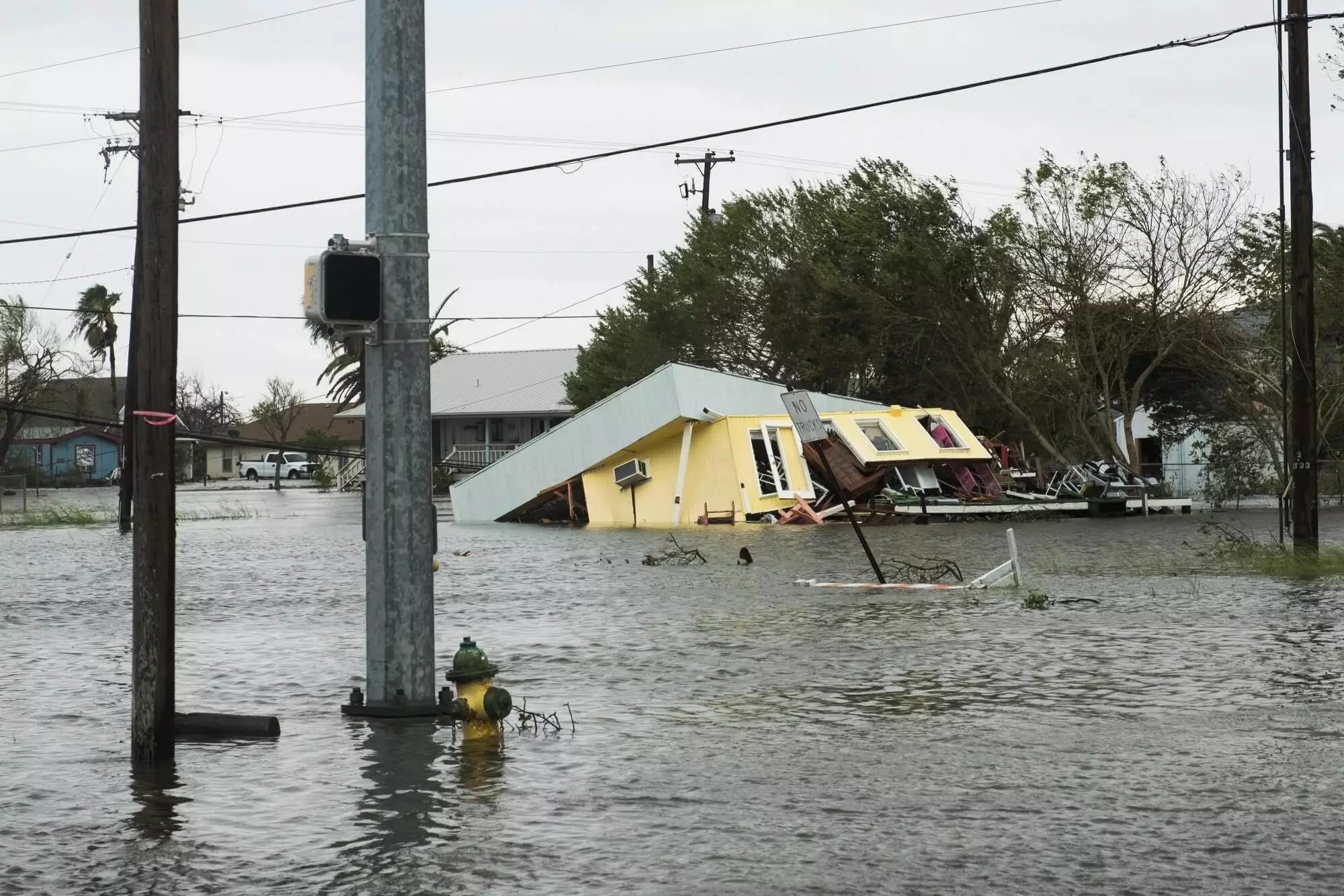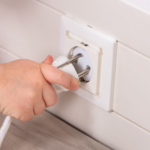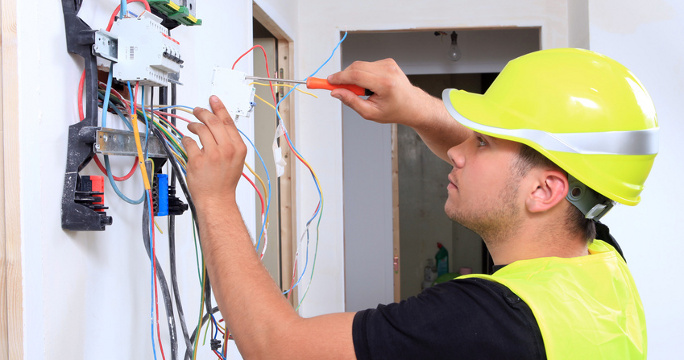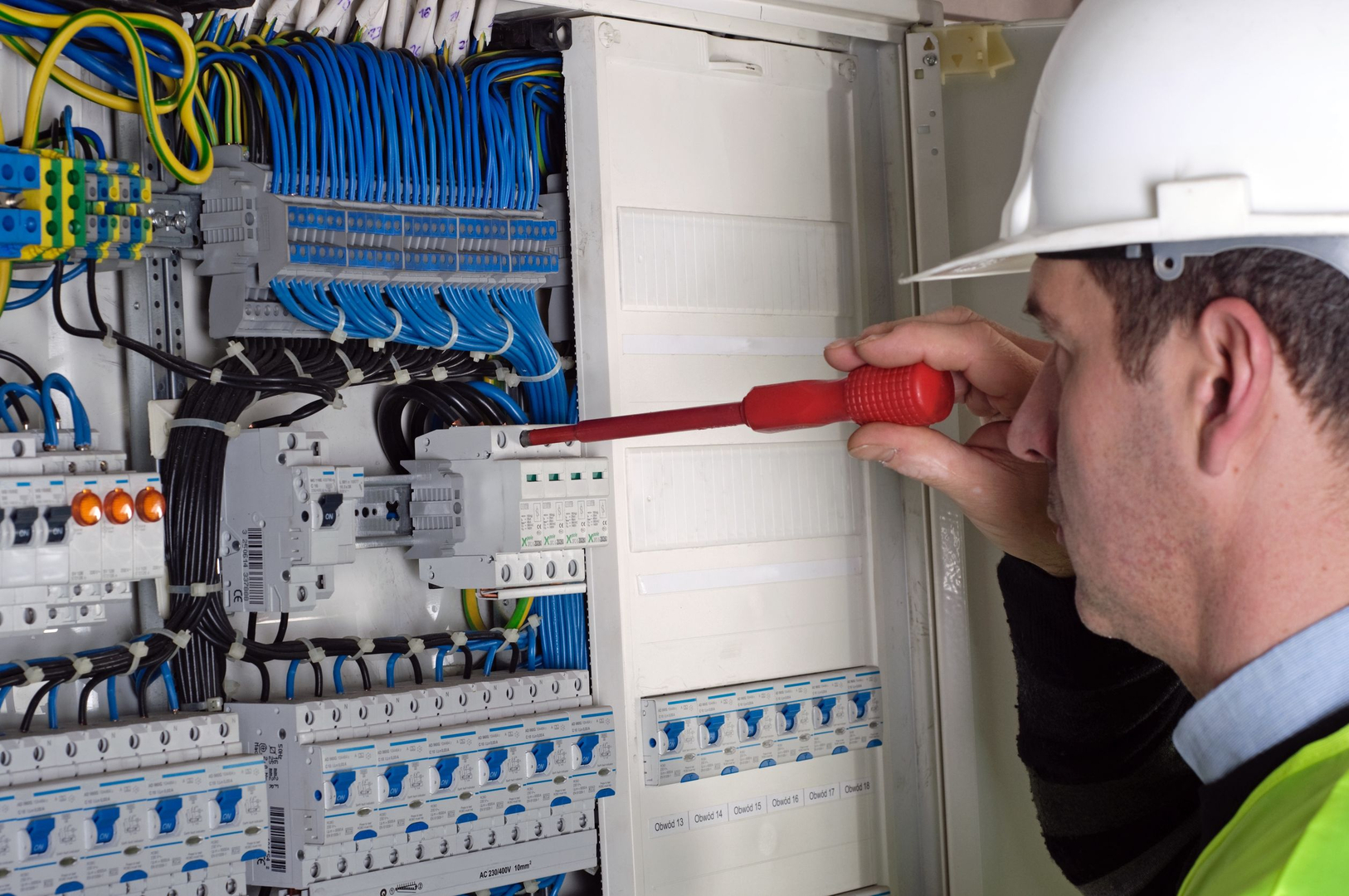With the recent ‘rain bomb’ that has causing flooding along much of the eastern coast of Australia, extreme weather events such as this can create potentially life-threatening scenarios very close to home. Many people have a basic understanding of the threats that mains electricity can pose, but one-in five-hundred-year events such as the one we have just experienced bring a whole new level of risk when it comes to electrical safety.

In times of unprecedented demand, getting an electrician out to site can take days and sometimes weeks, rather than hours. Recently, when requesting an electrician The Gap and many other Brisbane suburbs were essentially cut off because of water or landslides across the main entry roads, so in this scenario what should you do? If you are ever faced with a potential flooding situation, then we have prepared a few guidelines to help ensure your safety.
Preparation is of course the best form of defence. If flood warnings have been announced in your area, or you suspect that the adverse weather might turn into something more threatening, then the best course of action is to raise all of your appliances off the ground before the water arrives and, if you have time, contact an electrician to get your supply disconnected before the flood event. If you do not have the time to get an electrician on site and your supply has not been disconnected, then locate your mains box and turn off all of the switches. Be careful not to touch the meter box with any part of your body if your feet are already wet or in water. Instead prop it open with a wooden broom handle or some other non-conductive item.
If the water has risen so quickly that you have been unable to disconnect your supply, please do not stay in the building. Also do not use any appliances that have already become wet, for example opening the fridge or turning an air conditioner on to dehumidify.
If you are lucky enough to own a boat, be sure to look out for overhead powerlines in the street because the chances are that you’ll be closer to them with rising water levels. The same rule applies to other parts of the mains electricity infrastructure. Just because these items are surrounded by water doesn’t mean that they’re inactive. Water does of course conduct electricity so fallen powerlines or substations could be an even bigger danger. In short, try to stay at least 150m away from any aspect of the neighbourhood network.
When the floodwater recedes, be aware that your electrics may well have been damaged. Debris and silt deposits also act as conductors and can easily create a highly dangerous environment long after the water has gone. Excessive flood water can also cause corrosion which in turn increases the rise of connection failure and can lead to fire. The best course of action is to book a qualified electrician to inspect and repair your electrical system before restoring power. This includes the connection of any appliances that may have also been in flood water.

Christine Kelley is a dedicated home blogger who has been blogging for over six years. She covers everything home related. Christine also loves writing posts about her travels to Europe with her husband and two children.





